|
The residents of Comox/Courtenay
got their first exposure to aviation with the arrival on
June 11, 1919 of three Curtiss JN-4s piloted by returning
airmen of the Royal Flying Corps, turned barnstormers.
Vancouver Island Aerial Services was formed about a year
later in Courtenay, also with an ex-military JN-4 registered
for training and commercial air service. The owners/pilots
gave exhibitions and joyrides throughout the region from
their base in Courtenay.
Return to
map |
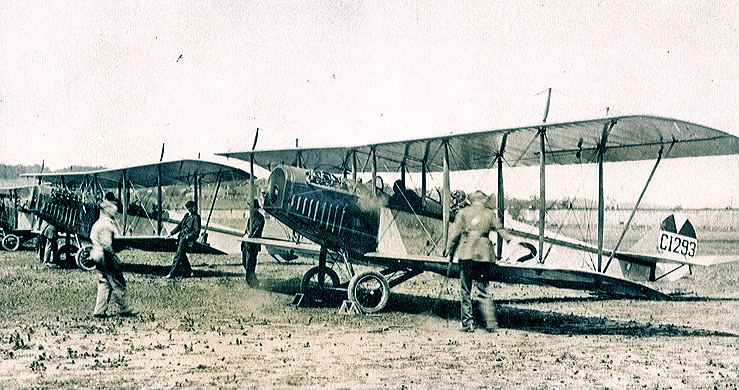
. |
|
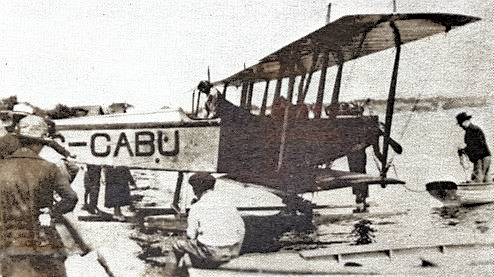 |
The
following year the harbour southwest of Comox was
licensed as a seaplane base. Vancouver Island Aerial
Transport Company operated another JN-4 from Comox
Harbour on floats from 1921 until it also crashed the
following year.
BC
Airways, established in 1928 in Victoria, continued the
barnstorming tradition. One pilot recorded
carrying 103 individual paying passengers on July 1, 1928 from a 1,200 foot long
field located halfway between the present Comox airport
and Courtenay.
|
Comox
Lake also served as a stopover and temporary base for
seaplanes like this RCAF Fairchild FC2W (photographed
here in 1929) engaged in local photographic surveys,
search and rescue and other activities.
|
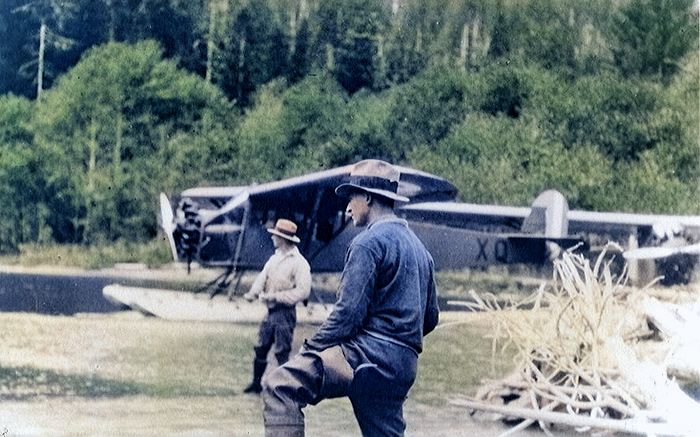 . .
|
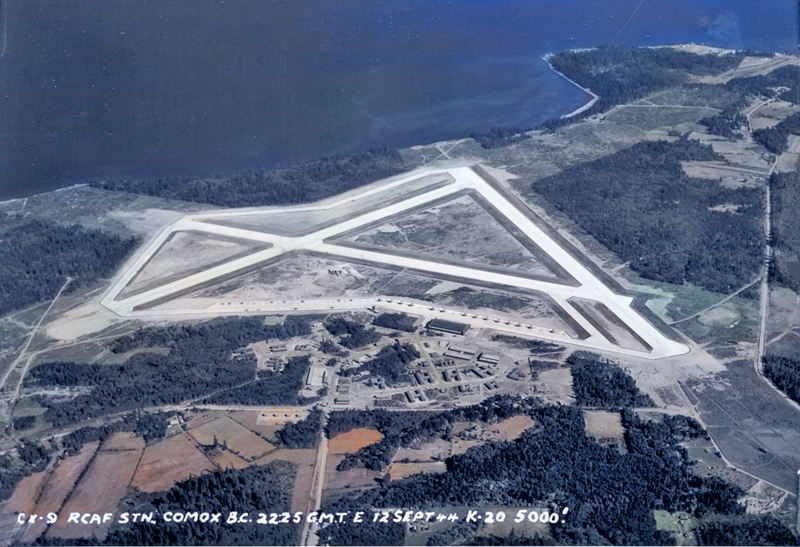
. |
In 1936 the RCAF undertook a
survey to identify potential flying boat stations and
airfields on the BC coast in anticipation of the Pacific
conflict as World War II drew nearer. Comox was chosen
as one of five airfield locations, along with Patricia
Bay (Victoria), Tofino, Port Hardy and Sandspit.
Construction of the military base began early in 1942
and although incomplete, RCAF Station Comox was
commissioned on May 1, 1943. A flying control unit was
detached from Pat Bay (also initially an RAF training
field) to provide contact with training flights from
that location.
Return to
map |
|
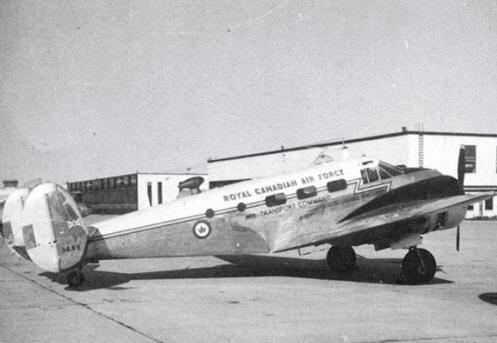
|
.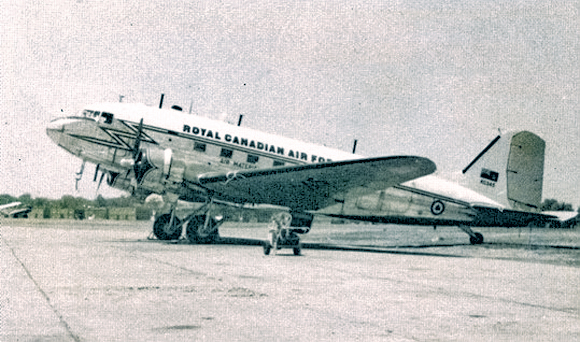 |
The station
continued to support incoming training flights
until No. 32 RAF Operational Training Unit (OTU)
established its permanent base at Comox on May
26, 1944, equipped with Beechcraft Beech 18
(Expeditor) and
DC-3 Dakota aircraft. It was converted shortly
thereafter to an RCAF unit, No. 6 OTU, with a
corresponding increase in staff. Training
included a glider training course utilizing
massive CG-4A �Hadrian� gliders, mainly carried
out at Nanaimo�s newly constructed airstrip.
|
|
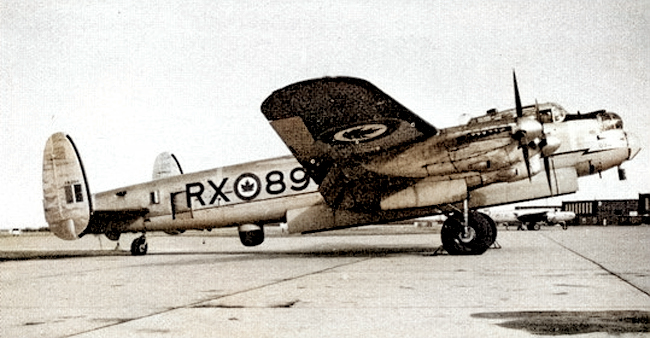
. |
No. 6 OTU was relocated to
Greenwood, Nova Scotia in January 1946 and RCAF Comox
reduced to a care and maintenance basis only. In June of
1952, the government of Canada recognized the need for a
permanent defence capability on the west coast. Comox was
reactivated as an Air Defence Command establishment and No.
407 �Demon� Maritime Patrol Squadron became the station�s
first operational squadron, equipped with Lancaster bombers
modified for Anti-Submarine Warfare (ASW). 407 was joined
on November 1, 1954 by No. 409 �Nighthawk� All-Weather
Fighter Interceptor Squadron, equipped with T-33 Silver Star
and, later, CF-100 Canuck and CF-101 Voodoo aircraft.
That same year, an extensive
modernization program was begun that included construction
of several new buildings and hangars and extension of the
primary runway to 10,000 feet. |
In 1956 407 Squadron�s
capabilities were enhanced by the introduction of P2V-7
Neptune aircraft.
|
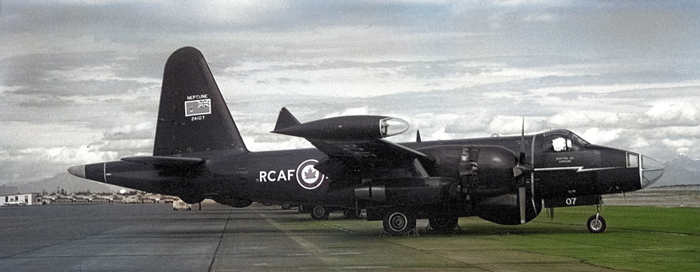
. |
|
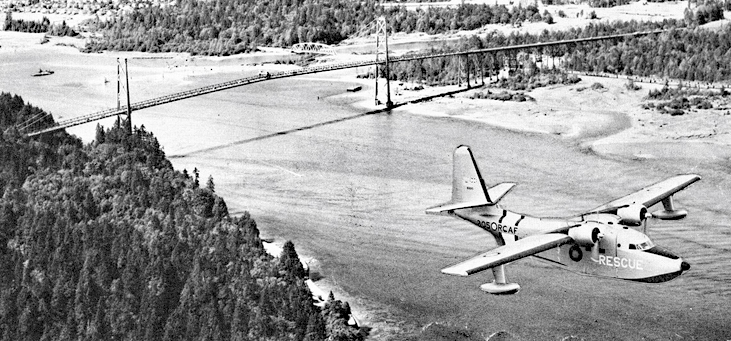
. |
When RCAF
Station Sea Island closed in 1964, 121 Composite Unit (KU)
was relocated to Comox with its Albatross aircraft. In July
1968 it was reformed as No. 442 Communications and Rescue
Squadron.
.
Back to top of
page
Return to
map
|
|
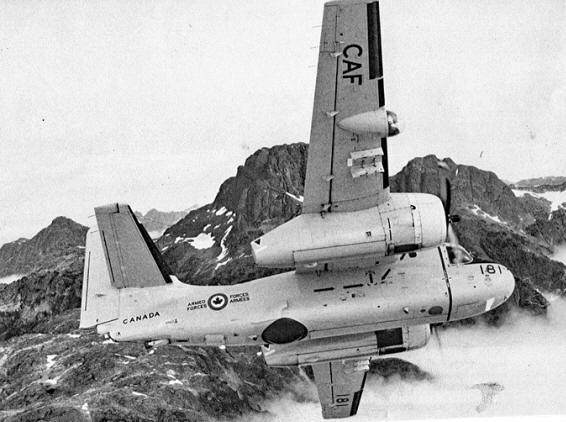
. |
A second Maritime Flying unit,
VU 33 moved to Comox in August 1974 from Patricia Bay with
three Trackers (see photo) and three T-33 aircraft. This
consolidated all military flying activity in British
Columbia at (now) Canadian Forces Base Comox and the
following year all Comox�s resident squadrons were brought
under Air Command.
The RCAF units at Comox have
evolved and changed with changing mandates and equipment.
As of 2022, 19 Wing consists of two flying squadrons 442
Transport and Rescue Squadron and 407 Long Range Patrol
Squadron continue ongoing operations from the military side
of Comox airport, supported by No. 19 Air Maintenance
Squadron.
|
|
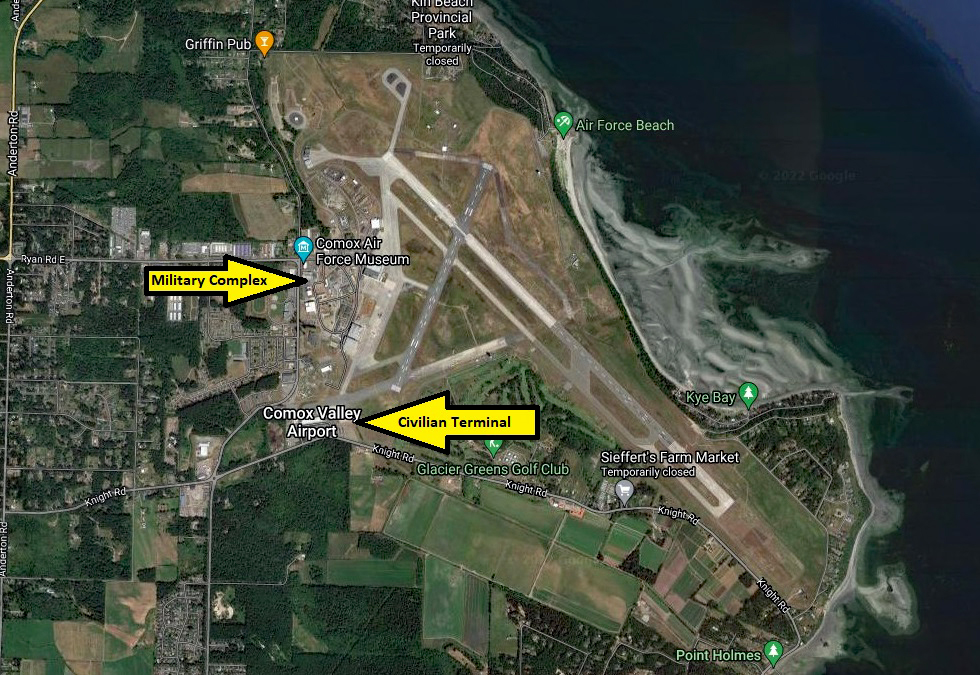 |
The post-war years also
saw rapid development of civil aviation at Comox
(designated CYQQ), sharing the field with military
operations. The Comox Aero Club was formed in 1946
and dissolved in 2012. Commercial services have
been provided by Pacific Western Airlines from the
late 1950�s. The airport is now served from a
separate international terminal on the southwest
corner of the field, offering services to a variety
of destinations with several airlines.
Civilian aviation
facilities are overseen by the Comox Valley Airport
Commission, established in 1996. CVAC operates on
land leased from the Department of National
Defence. The F/O Cyril
Cottingham Terminal, named after a locally
raised pilot who was lost in a Lancaster in the
North Sea in 1943, was opened in 2004.
Comox
airport is also the home of the Comox Air Force
Museum.
Back to top of
page
Return to
map |
Note: Photos
courtesy Chris Weicht except for final aerial view courtesy
Google Maps
 �
British Columbia Aviation Museum Updated:
2023-01-16 �
British Columbia Aviation Museum Updated:
2023-01-16
|